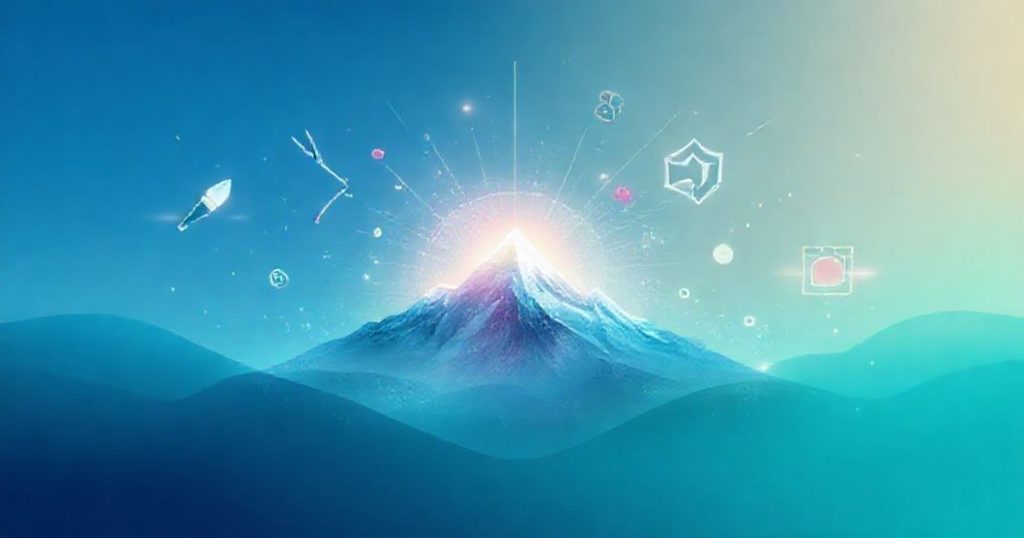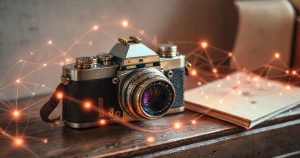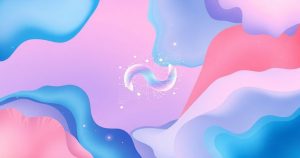Introduction to AI Image Generators
AI image generators have revolutionized the field of digital art and design, enabling creators to produce stunning visuals with ease. These tools leverage sophisticated machine learning models to understand natural language prompts and generate images that match the user’s intent. In this comprehensive guide, we’ll delve into the world of AI image generators, exploring their capabilities, benefits, and practical applications for digital artists and designers.
The rise of AI image generators has been nothing short of phenomenal, with tools like DALL-E, Midjourney, and Stable Diffusion gaining widespread popularity. These platforms have democratized the creative process, allowing anyone with an idea and a few descriptive words to produce professional-grade visuals in seconds. Whether you’re a seasoned designer or an aspiring artist, AI image generators offer a wealth of opportunities for creative expression and innovation.
So, how do AI image generators work? The process is fascinating, involving complex neural networks that analyze text prompts and generate images based on learned patterns and associations. The resulting images can be breathtaking, with intricate details, vibrant colors, and a level of realism that’s often indistinguishable from actual photographs. In the following sections, we’ll explore the inner workings of AI image generators, their benefits, and practical tips for getting the most out of these powerful tools.
One of the most significant advantages of AI image generators is their ability to save time and effort. Traditional design methods often require hours of manual work, from concept to completion. With AI image generators, you can produce stunning visuals in a fraction of the time, freeing up more time for creative experimentation and innovation. Additionally, these tools offer a level of consistency and precision that’s difficult to achieve with manual design methods, making them ideal for applications where accuracy and attention to detail are paramount.
Understanding How AI Image Generators Process Your Prompts
When you type a prompt into an AI image generator, you’re initiating a complex computational process that involves multiple stages of text analysis, image synthesis, and refinement. The first stage involves natural language processing (NLP), where the AI analyzes your prompt and breaks it down into its constituent parts, including keywords, phrases, and context. This information is then used to generate a set of latent codes, which are essentially numerical representations of the prompt’s meaning and intent.
The latent codes are then passed through a series of neural networks, each of which is specialized for a specific task, such as image synthesis, texture generation, or color palette selection. These networks work together to generate an initial image, which is then refined and polished through multiple iterations of feedback and adjustment. The resulting image is a stunning representation of your original prompt, with intricate details, vibrant colors, and a level of realism that’s often breathtaking.
The quality of your output depends heavily on the quality of your prompt, which is why prompt engineering has emerged as a critical skill for anyone serious about AI image generation. A well-crafted prompt can make all the difference between a mediocre image and a truly stunning one, with factors such as clarity, specificity, and creativity playing a significant role in determining the outcome. In the following sections, we’ll explore the art of prompt engineering, including tips and techniques for crafting effective prompts that yield remarkable results.
Prompt Engineering: The Key to Unlocking Stunning Results
Prompt engineering is the process of crafting effective prompts that elicit stunning results from AI image generators. It involves a deep understanding of the tool’s capabilities, limitations, and biases, as well as a willingness to experiment and push the boundaries of what’s possible. A good prompt should be clear, concise, and specific, with a clear description of the desired outcome and any relevant context or constraints.
One of the most important factors in prompt engineering is specificity, which involves providing enough detail and context for the AI to generate an accurate and relevant image. This can include factors such as color palette, lighting, texture, and composition, as well as any specific objects, characters, or themes that you want to feature in the image. The more specific you are, the better the AI will understand your intent and the more likely you are to get a stunning result.
Another critical factor in prompt engineering is creativity, which involves thinking outside the box and pushing the boundaries of what’s possible. This can involve experimenting with unusual prompts, such as abstract concepts, surreal landscapes, or futuristic cities, or combining different styles and techniques to create something truly unique. The more creative you are, the more likely you are to stumble upon something remarkable and innovative.
Practical Applications for Digital Artists and Designers
AI image generators offer a wealth of opportunities for digital artists and designers, from concept art and character design to graphic design and visual effects. These tools can be used to generate ideas, explore different styles and techniques, and refine your craft, all while saving time and effort. In the following sections, we’ll explore some of the most exciting practical applications of AI image generators, including case studies and examples of how these tools are being used in real-world projects.
One of the most significant advantages of AI image generators is their ability to facilitate rapid prototyping and iteration, which is essential for any creative project. With traditional design methods, you often have to spend hours or even days working on a single concept, only to discover that it’s not quite right. With AI image generators, you can generate multiple concepts in minutes, refine them in real-time, and iterate until you get the desired result. This level of speed and flexibility is unparalleled in traditional design methods, making AI image generators a game-changer for digital artists and designers.
Conclusion
In conclusion, AI image generators are powerful tools that offer a wealth of opportunities for creative expression and innovation. From concept art and character design to graphic design and visual effects, these tools can be used to generate stunning visuals, explore different styles and techniques, and refine your craft. By understanding how AI image generators work, crafting effective prompts, and experimenting with different techniques and applications, you can unlock the full potential of these tools and take your creative projects to the next level.
Whether you’re a seasoned designer or an aspiring artist, AI image generators are an essential tool for anyone looking to push the boundaries of what’s possible in digital art and design. With their ability to generate stunning visuals, facilitate rapid prototyping and iteration, and save time and effort, these tools are revolutionizing the creative process and opening up new opportunities for innovation and experimentation. So why not give them a try and see what amazing things you can create?
For more information on AI image generators and how to get started, be sure to check out our resources page for tutorials, guides, and inspiration. You can also join our community to connect with other creators, share your work, and learn from the best in the industry.



